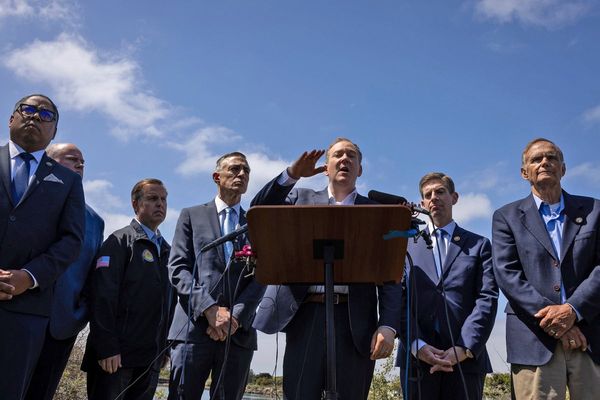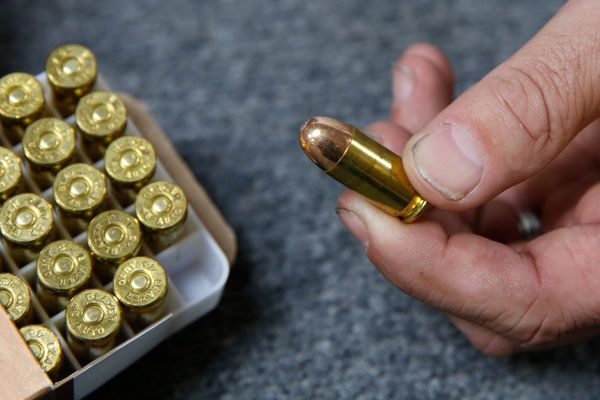Air India says it has found no issues with the fuel control switch mechanisms across its Boeing 787 and 737 fleet, following inspections carried out after the devastating crash in Ahmedabad last month.
The official investigation into the crash of Flight 171, which killed 241 of 242 people on board and 19 people on the ground after it came down on the campus of a medical college, is focussed on the fuel control switches of the Boeing 787 involved.
These critical switches manage fuel flow to aircraft engines, allowing pilots to start or shut them down, or manually intervene during in-flight engine failures. India's Aircraft Accident Investigation Bureau (AAIB) expects its final report within a year.
But a preliminary from the AAIB earlier this month found the switches had flipped from “run” to “cutoff” within one second of each other and shortly after takeoff, causing the engines to lose power.
Cockpit audio recovered from the flight recorders shows the plane’s junior first officer, Clive Kunder, asked its captain Sumeet Sabharwal why he had flipped the switches, starving the engines of fuel, according to a number of international media reports citing sources in the investigation.
Captain Sabharwal is reported to have denied doing so, though the full transcript of the exchange has not been formally released.

The AAIB has described such reports as premature and urged caution until the final report is completed, while pilots’ associations have accused the media of trying to vilify the pilots involved.
R John Hansman, a professor of aeronautics at MIT, told The Independent that based on the information released so far it was "almost certainly a pilot action" that led to fuel being shut off from both engines, causing the crash.
This was "either an inadvertent action, [an] error or intentional", he said, adding that the fact the pilots were able to try and restart the engines showed the switches were functional. Investigators said in their preliminary report that both engines attempted reignition as the plane was coming down, with one beginning to produce thrust.
He said the fuel switches were designed to avoid being bumped or flicked inadvertently, and were unlikely to be mistaken for other switches. "The only normal action at this phase of flight would be to raise the landing gear and it is hard to confuse fuel switches with the landing gear lever which is in a different location, has a very different shape and would be moved in the opposite direction,” he said.
He said the actions of the crew would most likely be the primary focus for investigators, though they should "remain open to other hypotheses".
“Intentional pilot action such as suicide has occurred in the past and will be considered,” he added.
In a bid to rule out any mechanical issue with the fuel control switches and to reassure passengers, Air India began voluntary inspections of its fleet on 12 July.

India's aviation regulator soon ordered all domestic carriers to conduct similar checks, prompting some foreign airlines and regulators to follow suit.
The FAA and Boeing have privately issued notifications that the fuel switch locks on Boeing planes are safe, Reuters had reported.
Air India operates a fleet of Boeing 787 twin-aisle jets on its long-haul operations, while low-cost unit Air India Express operates the Boeing 737 single-aisle jets.
Air India plane skids and damages runway after reports of three burst tyres
India slams Western media coverage of Air India crash on eve of Modi visit to Britain
Who were the pilots of doomed Air India flight?
2013 Bollywood film to be re-released in theatres with AI-tweaked happy ending
British fighter jet stranded in India for over a month finally flies out
Indian vice president’s resignation to ‘prioritise health’ sparks political uproar







